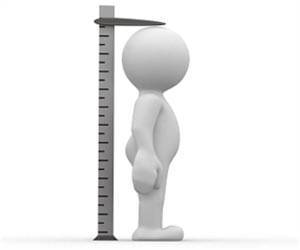“Allowing us to focus on one side of the family will help save lives by concentrating on prevention efforts. This new approach will eliminate the unnecessary psychological burden of needing to test family members on the other side who are not at an increased risk, reduce the need for clinical counselling and focus resources on identifying and supporting those truly at risk.”
Dr. Steven Jones, co-director of the Genome Sciences Centre and professor of medical genetics at UBC adds, “The approach has been enabled by new long-read sequencing technology which can sequence not only DNA but also determine subtle functional alterations to DNA.” Unlike other DNA sequencing approaches, this approach uses thousands of microscopically small pores to determine the sequence of DNA as it travels through them.
“All of our chromosomes have marks that are indicative of whether the chromosome came from our mother or our father,” says Dr. Louis Lefebvre, associate professor of medical genetics at UBC and co-author of the paper. “The challenge is that over the three billion base pairs that represent our genome, only approximately 190 tiny regions contain these parental marks.” Technology developed by Dr. Lansdorp provided the final missing piece, allowing these tiny regions to be linked to entire chromosomes.
Advertisement
For certain patients the promise of this test might be more profound. Those bearing damaging variants of the SDHD or SDHAF2 genes are at very high risk of developing certain cancers over their lifetime, but only if the defective gene is inherited from their father. If it is inherited from the mother, the patient has no increased risk. For those at risk, they face a lifetime of regular screening and testing to identify tumors early.
For some individuals with the variant, though, family members are not around to help identify from which parent the variant was inherited. For half of the approximately three hundred patients in Canada in this position and many more around the world, this new test could eliminate a lifetime of unnecessary hospital visits and the psychological burden of increased cancer risk.
Source: Eurekalert



